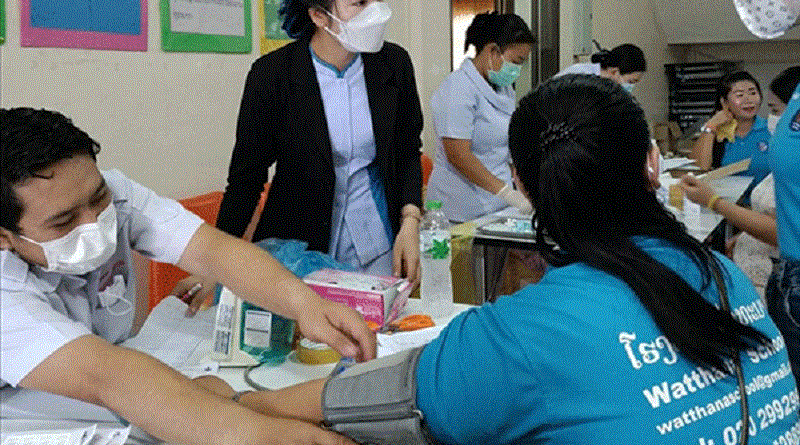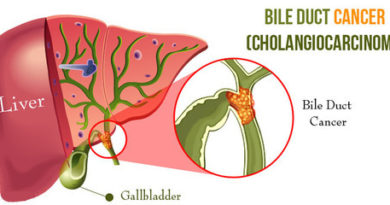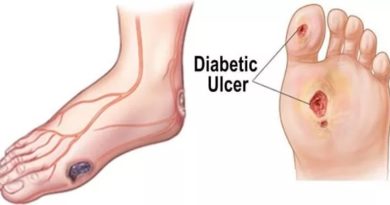Noncommunicable Diseases Responsible For 45 Percent Of Deaths In Laos
Source: Vientiane Times
Four noncommunicable diseases – cancer, cardiovascular disease, diabetes and chronic obstructive pulmonary disease – claim 30,000 lives annually and are responsible for 45 percent of all deaths in Laos, the Lao Tropical and Public Health Institute reported recently.
Director General of the Department of Communicable Diseases Control, Ministry of Health, Dr Rattanaxay Phetsouvanh, said the number of people suffering from noncommunicable diseases is rising because of increasing wealth levels and economic development.
“This means many people work all day so they don’t have enough time to exercise, and also don’t make healthy food choices,” he added.
Dr Rattanaxay also talked about the need to prevent the spread of extremely dangerous communicable diseases, which require hospitalisation.
The health ministry has vowed to spread the word about the importance of communicable disease prevention and control, hoping to improve the overall health of the population.
Poor understanding on the part of health officials and the general public concerning the prevention and control of communicable diseases is one reason for the high incidence of disease, Dr Rattanaxay said.
For several years the Ministry of Health has been creating regulations in line with government policy on the control and prevention of communicable diseases, with a focus on local communities and target provinces.
Greater emphasis was placed on communicable diseases following the SARS and H5N1 outbreaks in 2003, which posed a serious health threat in Asia.
A senior ministry official said the ministry had taken steps to monitor the spread of communicable diseases by setting up a hotline centre and identifying areas of epidemics to alleviate the effects and severity of disease outbreaks.
In 2012 the ministry issued a regulation on the control of communicable diseases. This provided a legal basis for adopting comprehensive and timely surveillance in the effort to stop the spread of disease.
The government views disease control as a top priority and has incorporated international health legislation into specific rules and guidelines to ensure coordination among health officials.
In 2005, the World Health Organisation published the International Health Regulations in a bid to strengthen infectious disease control.
Laos began monitoring the spread of diseases in 1984, with this work extending throughout the country in 1990.





